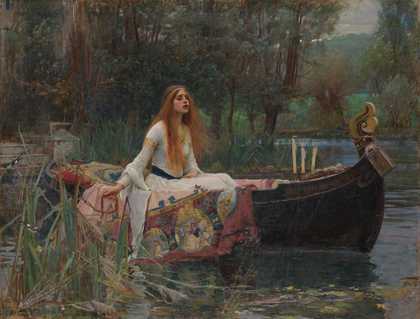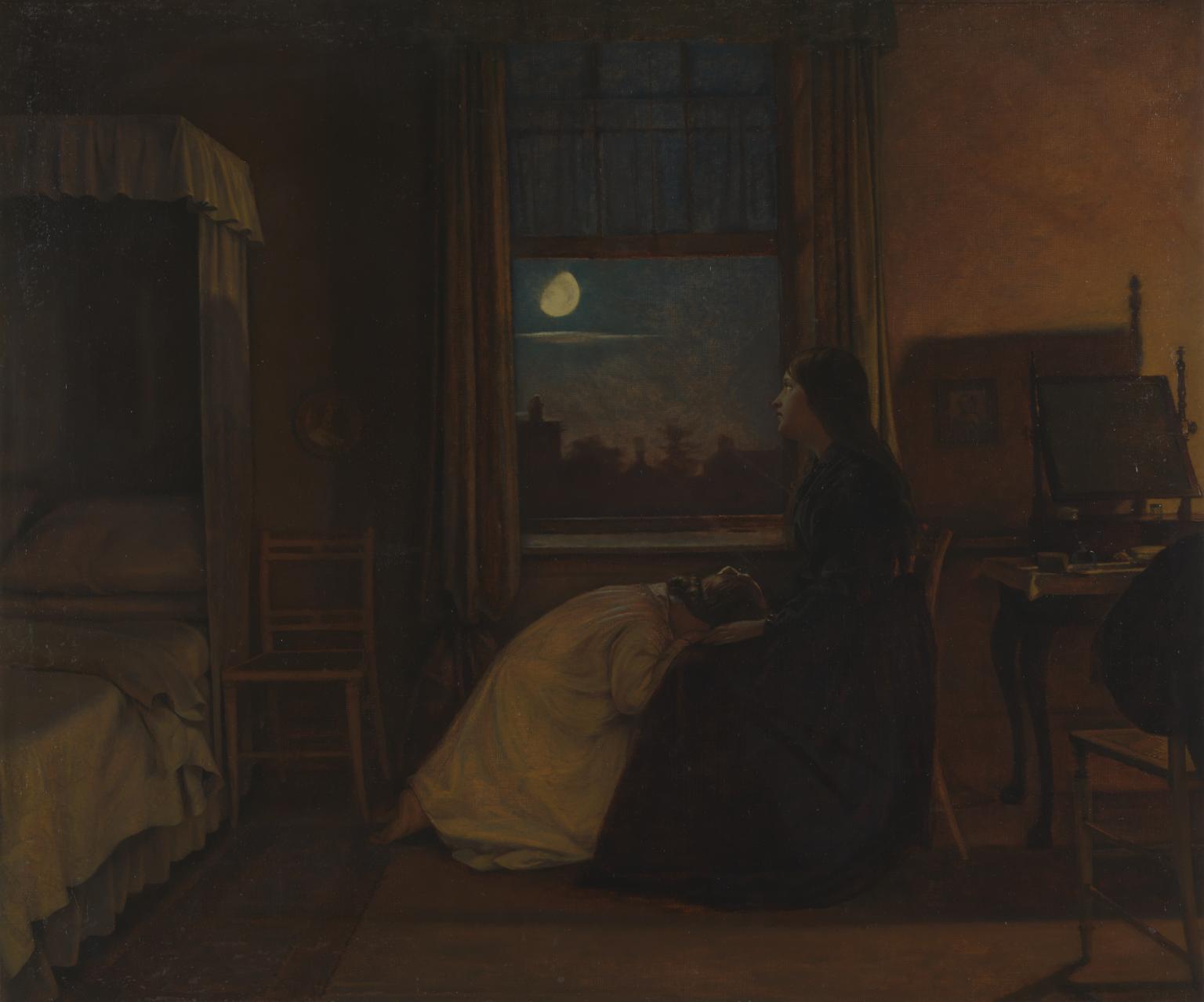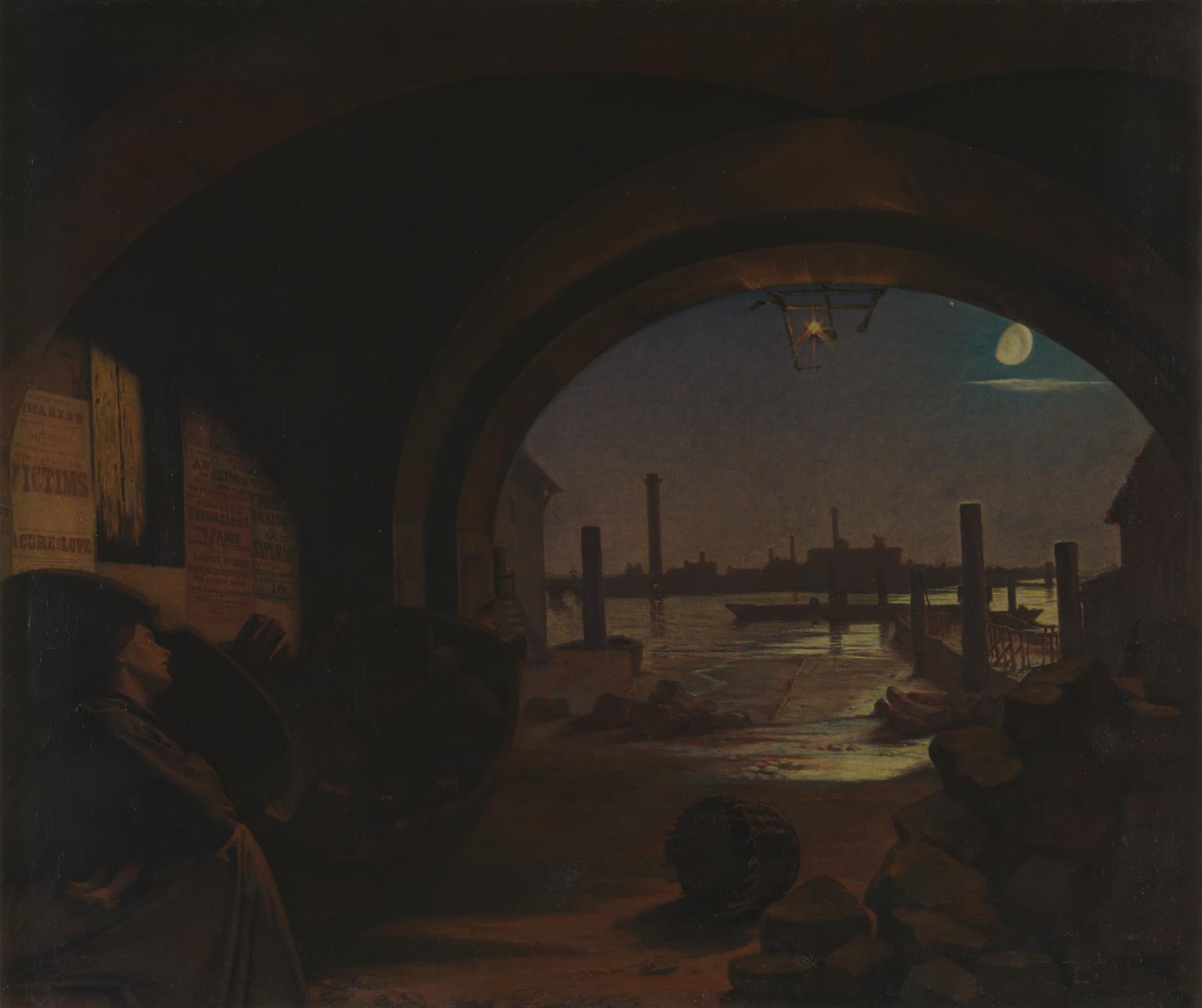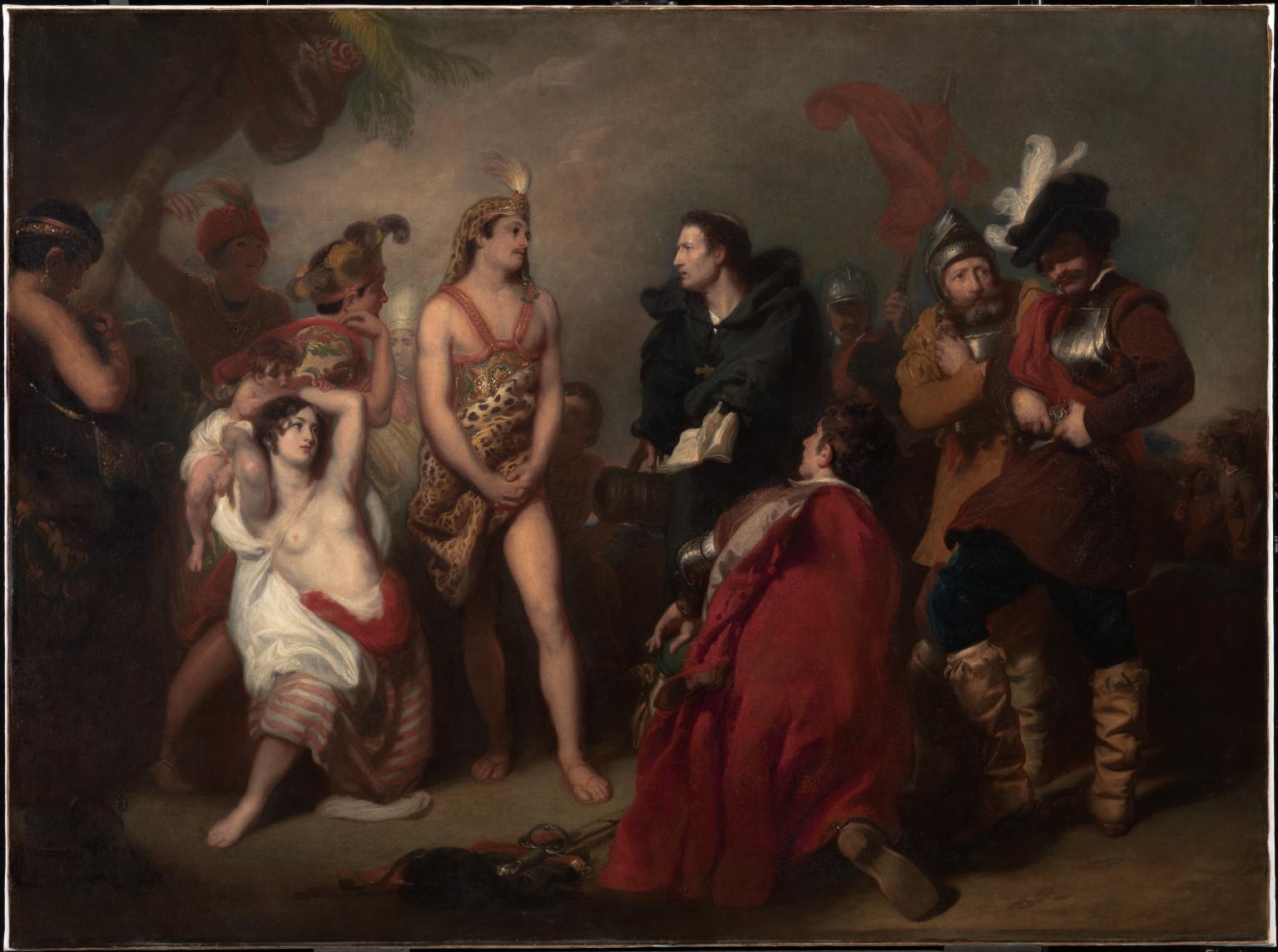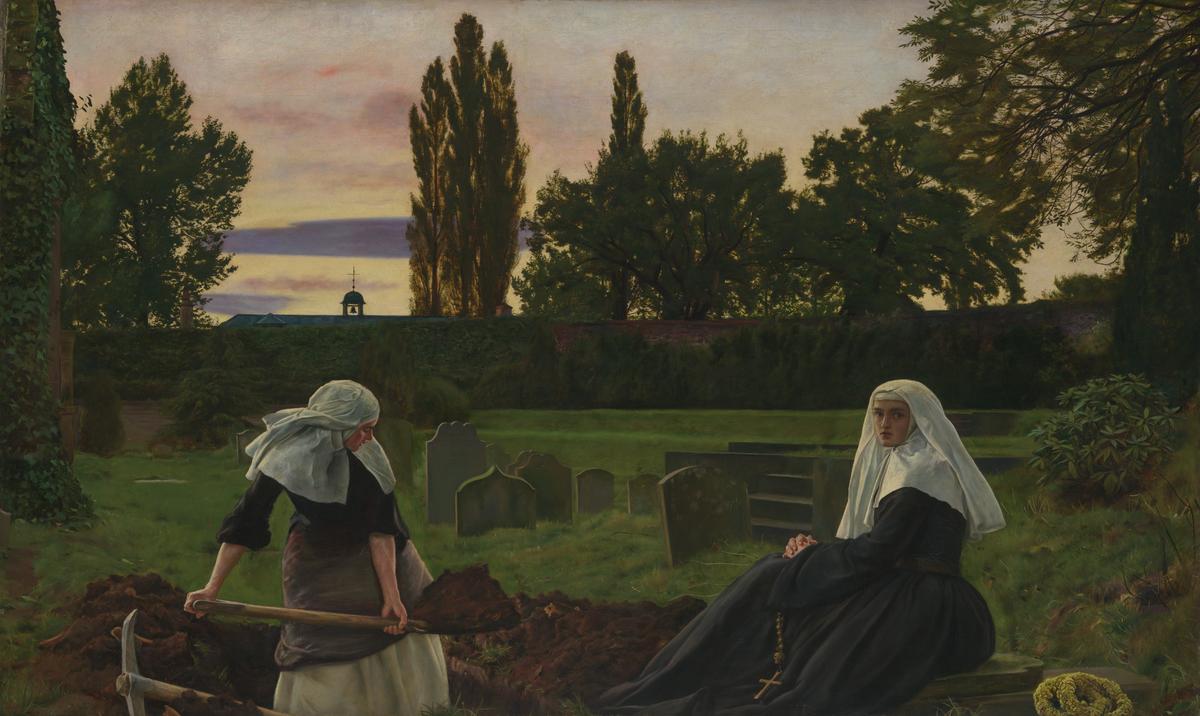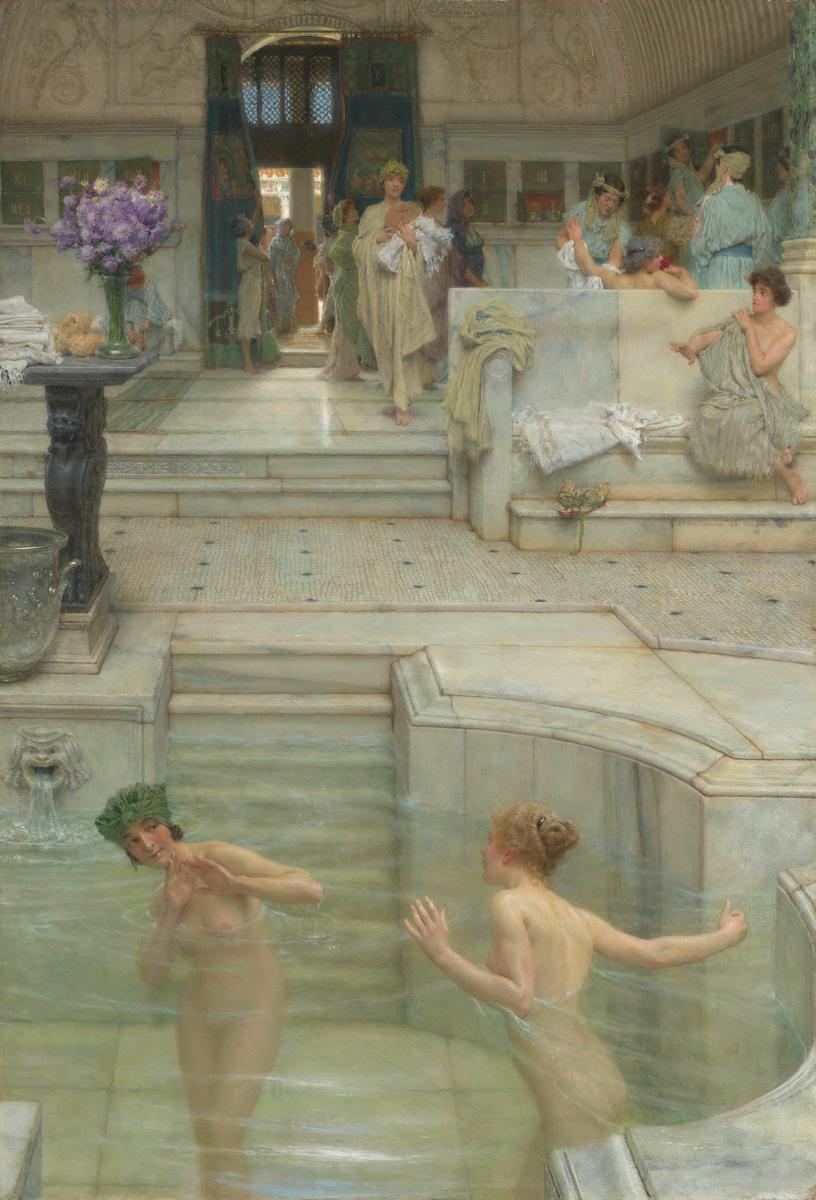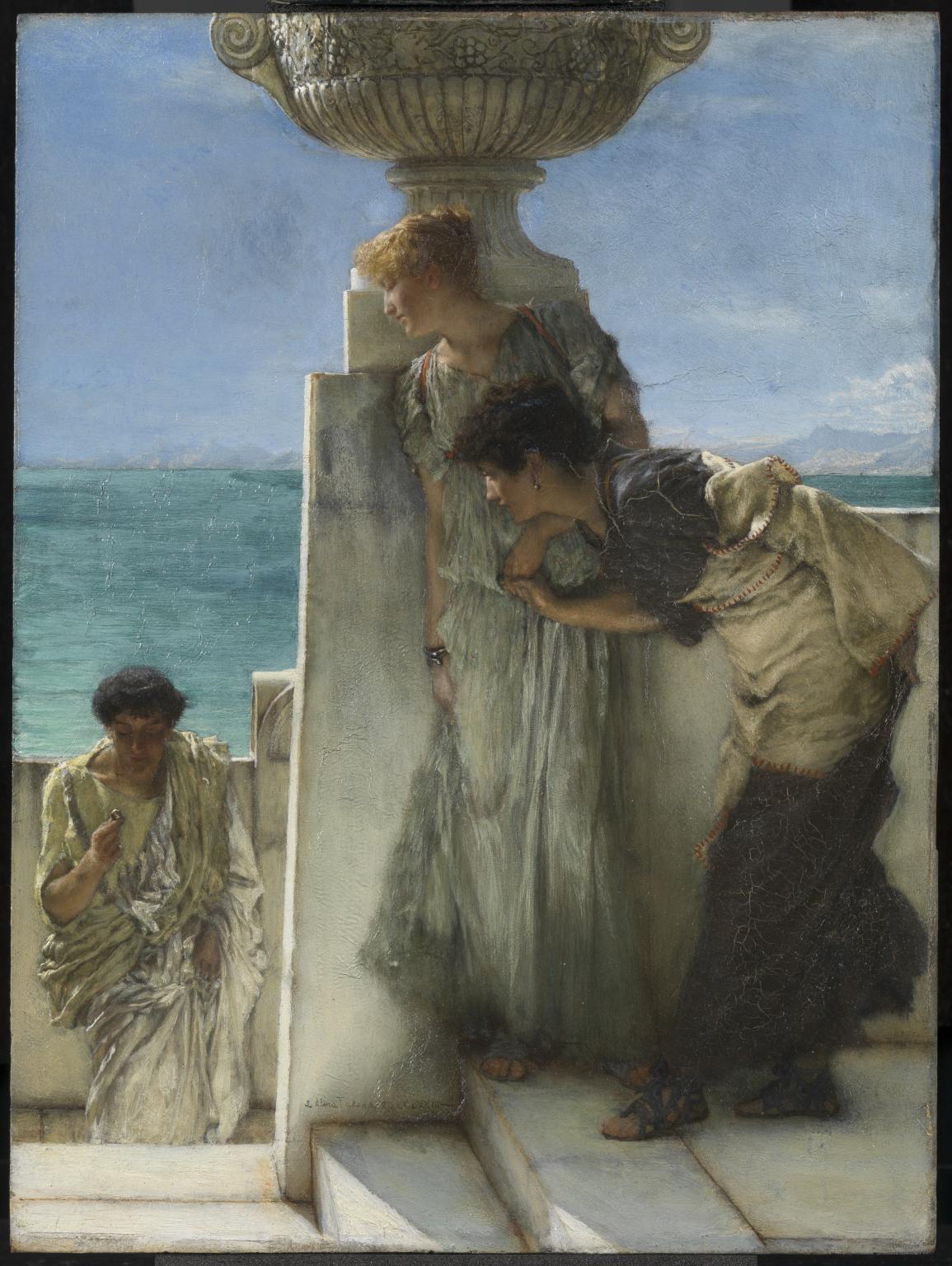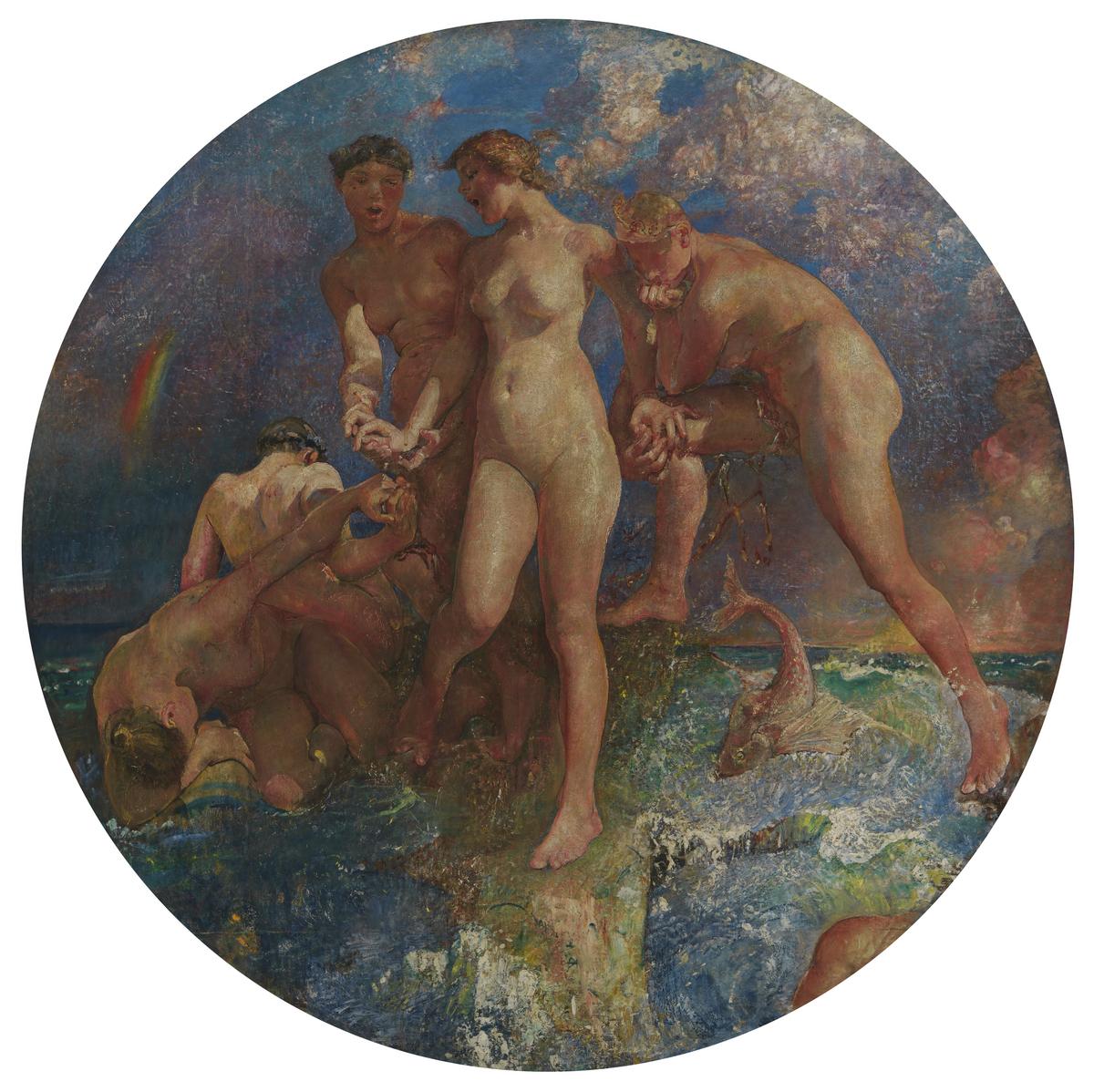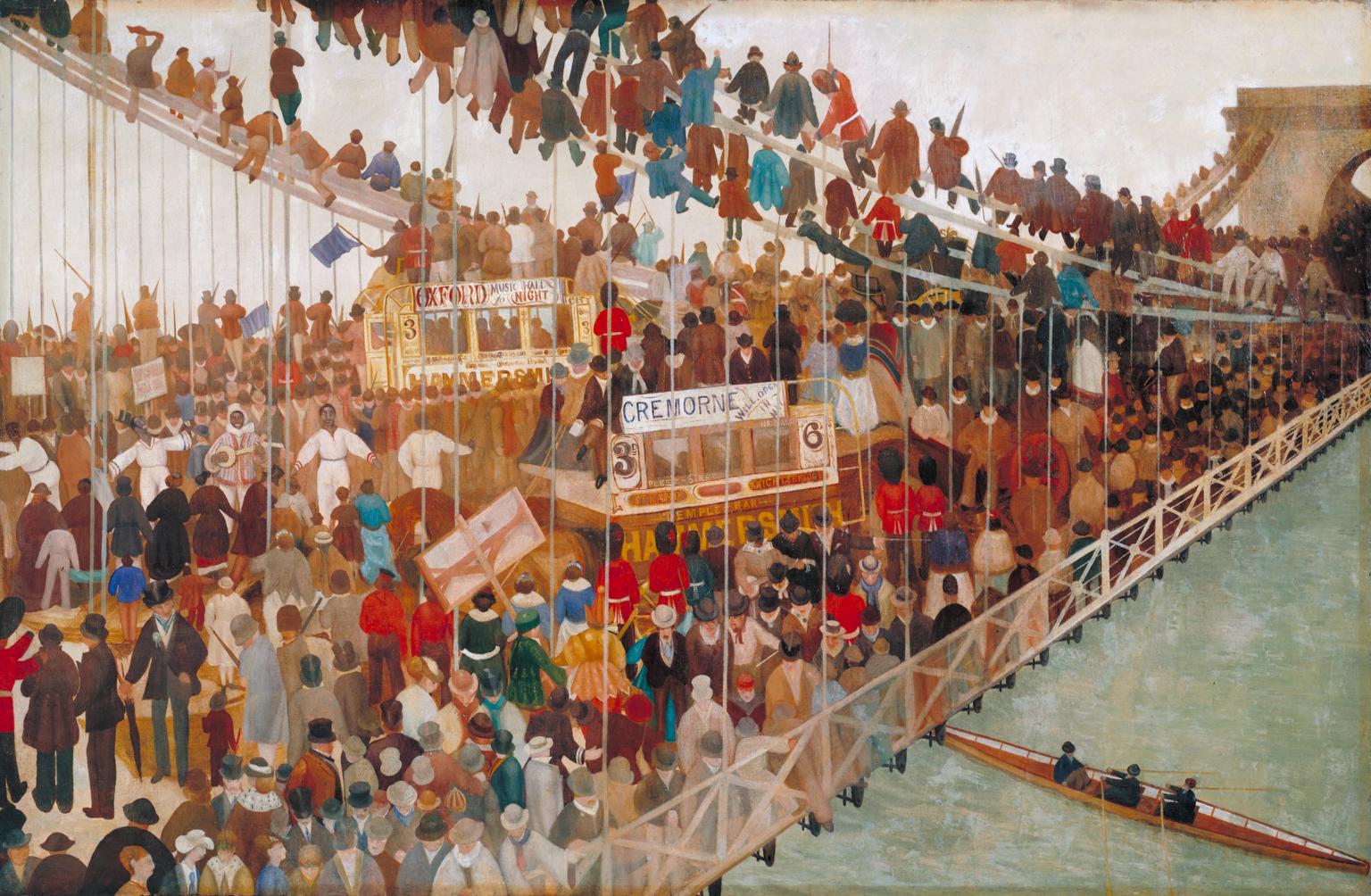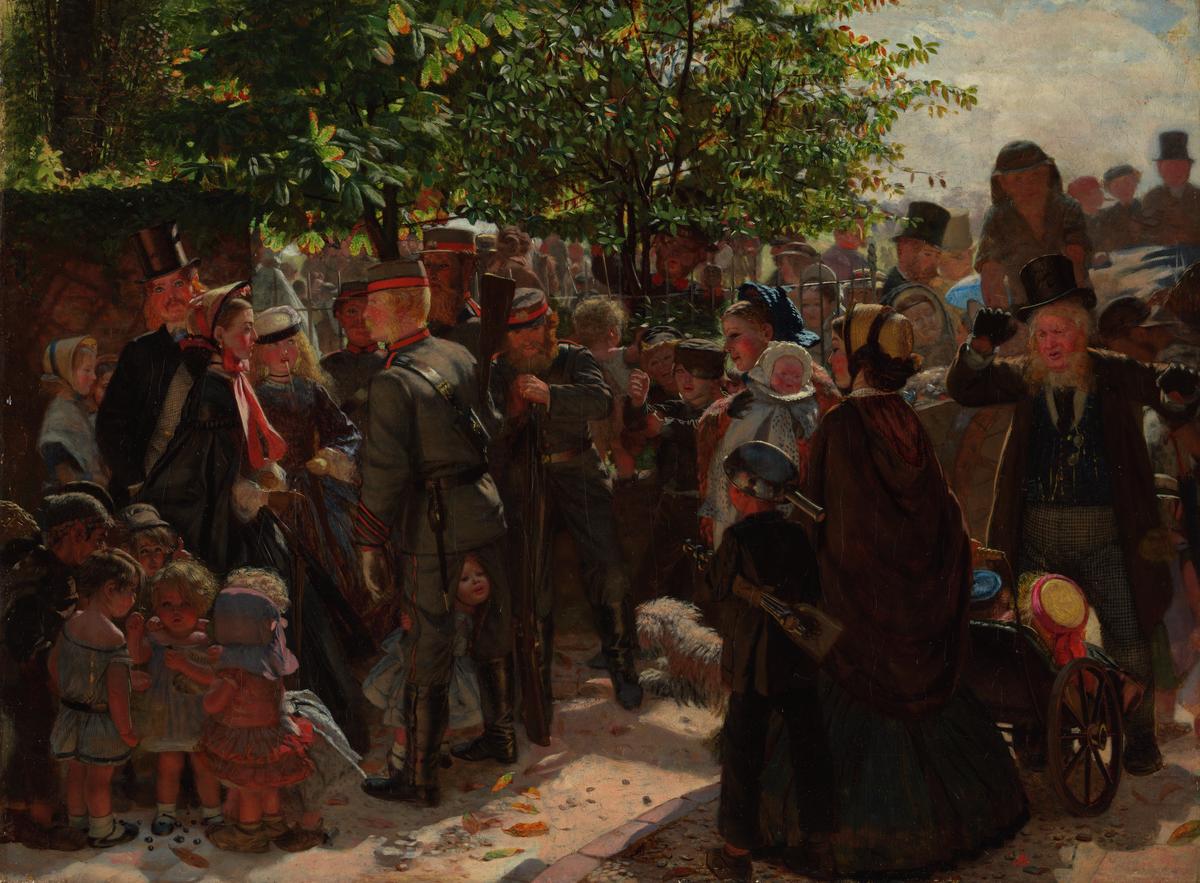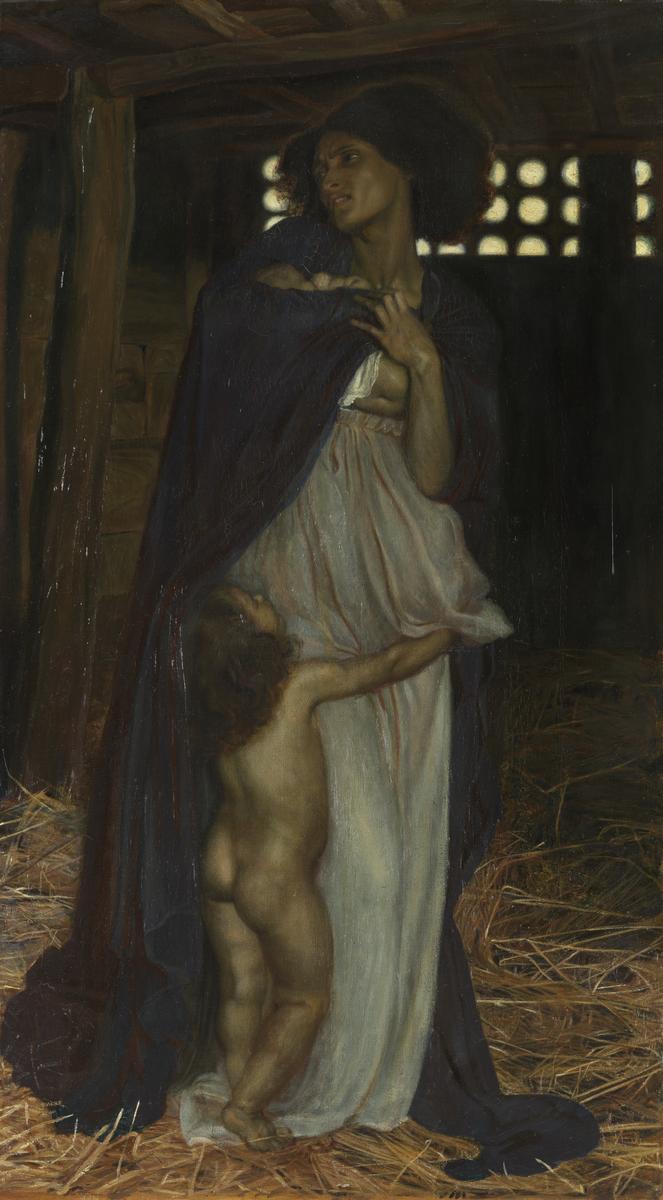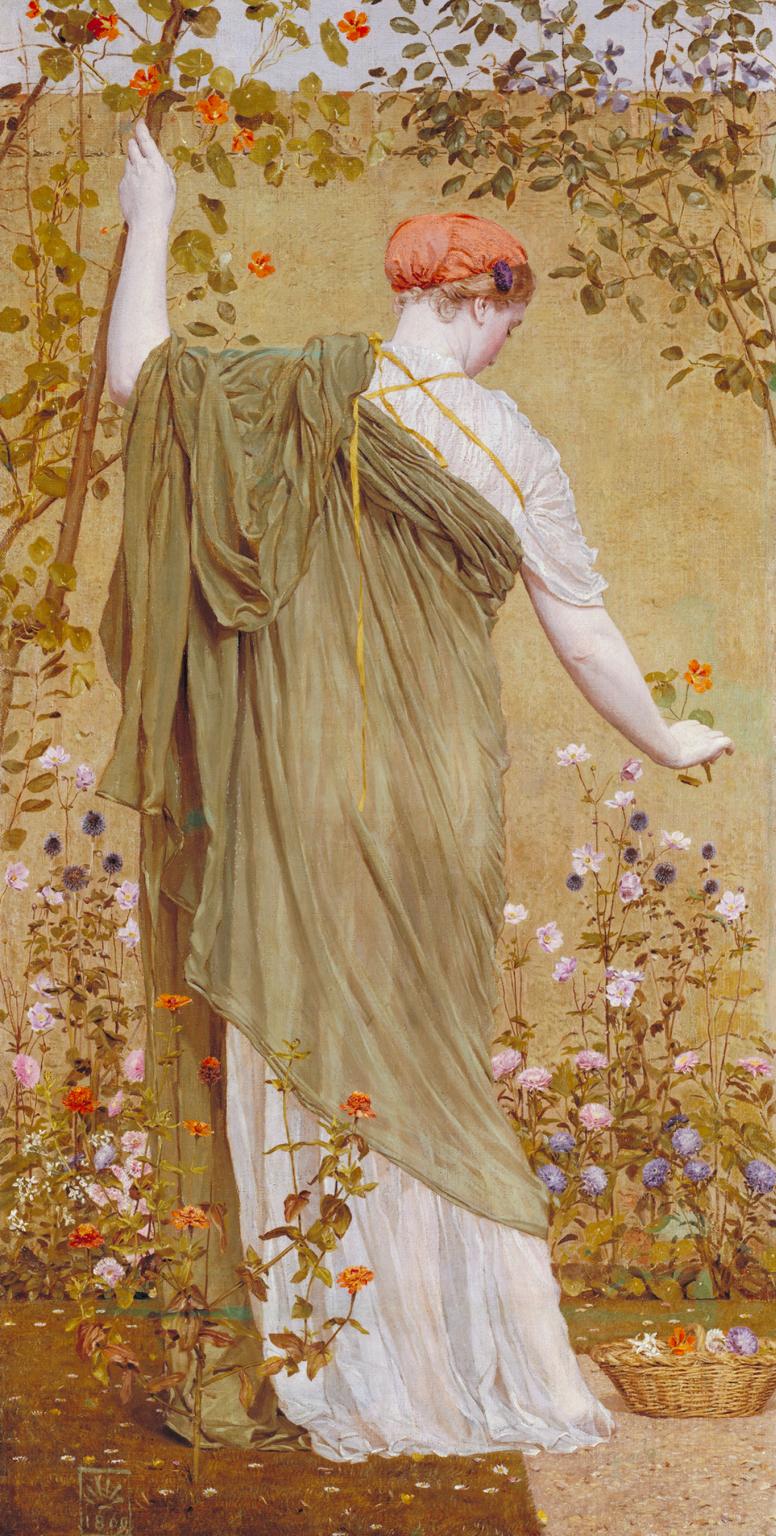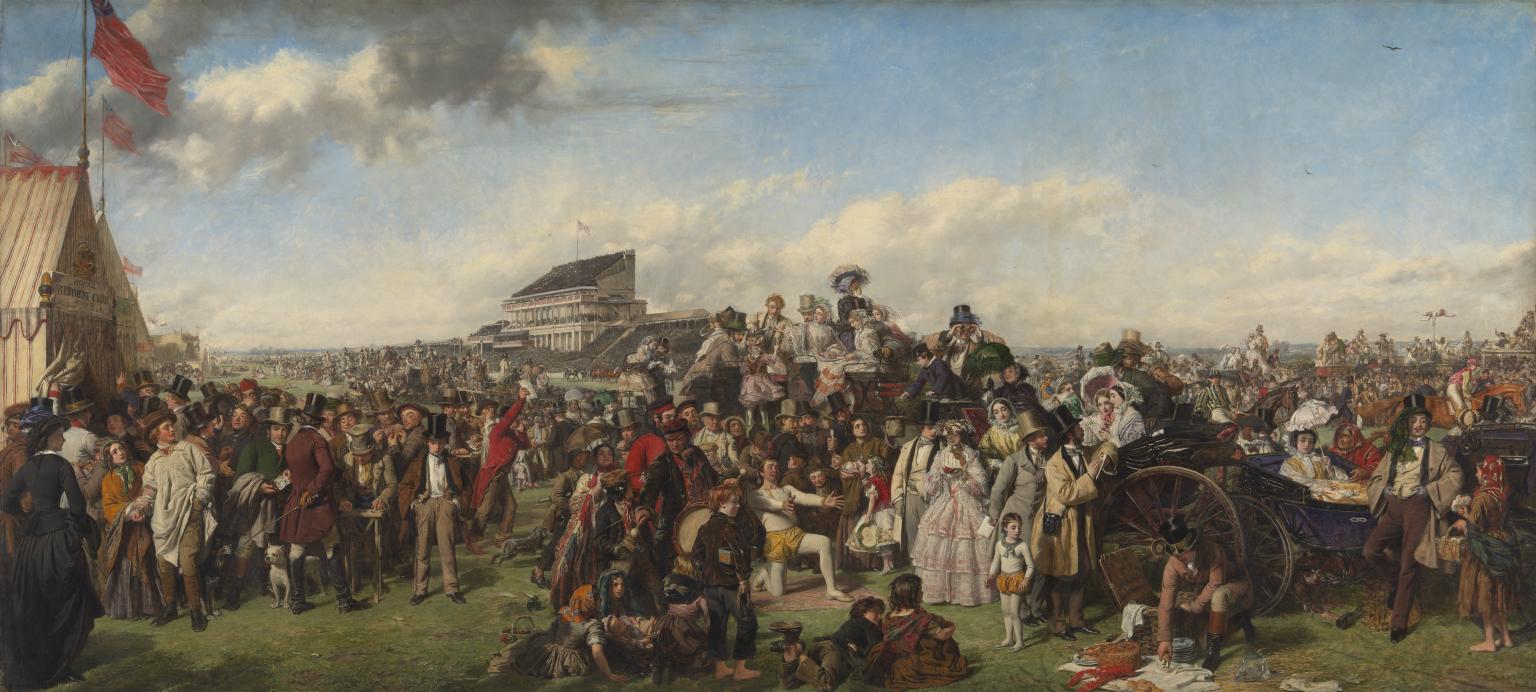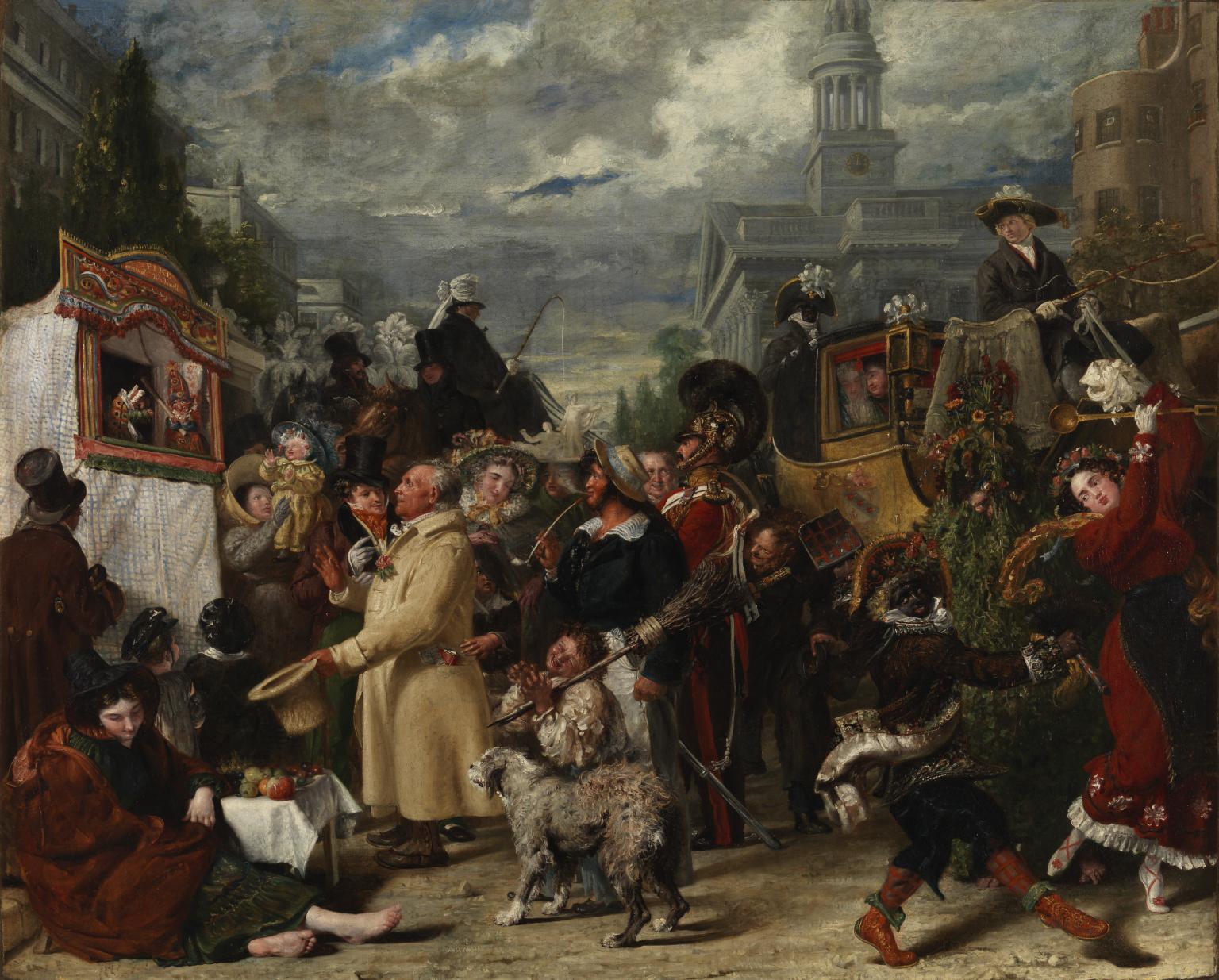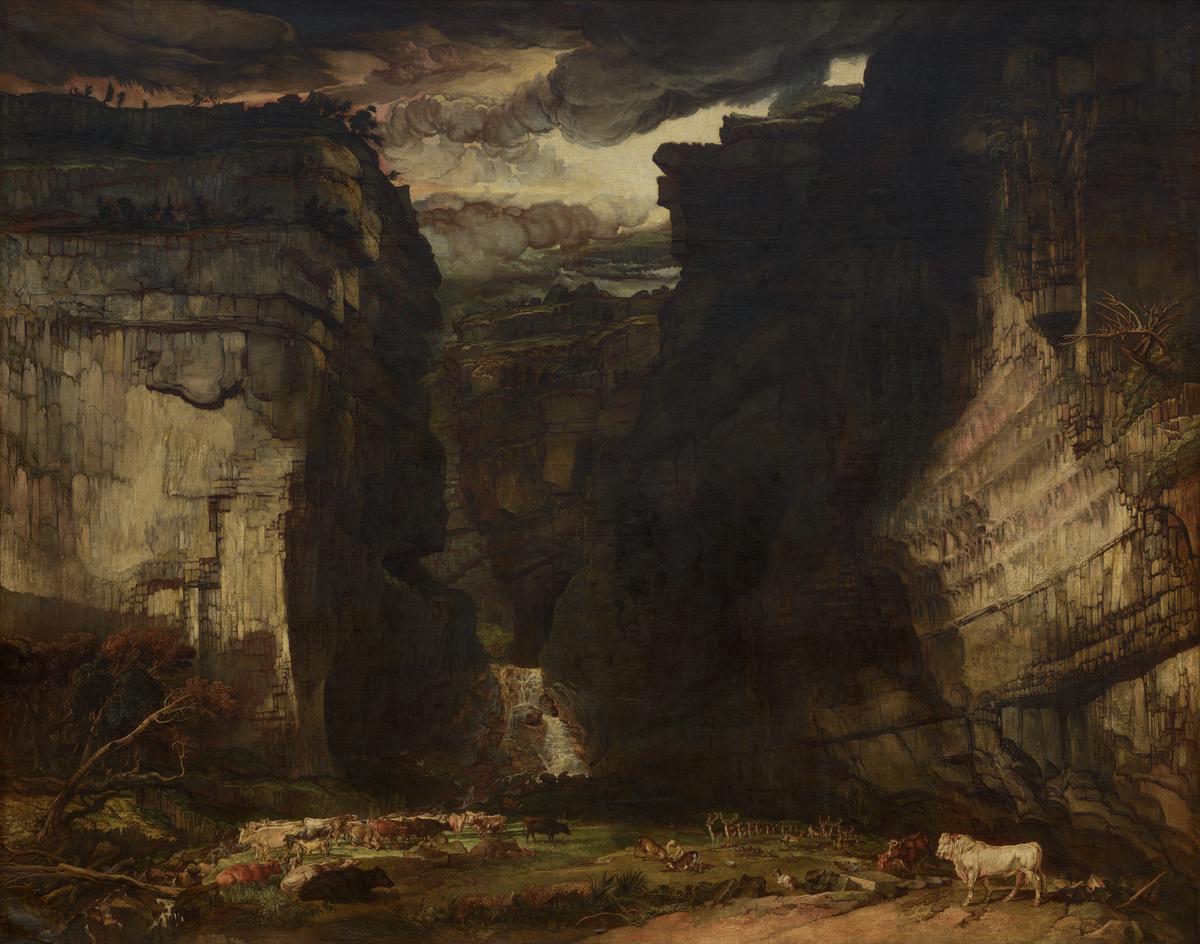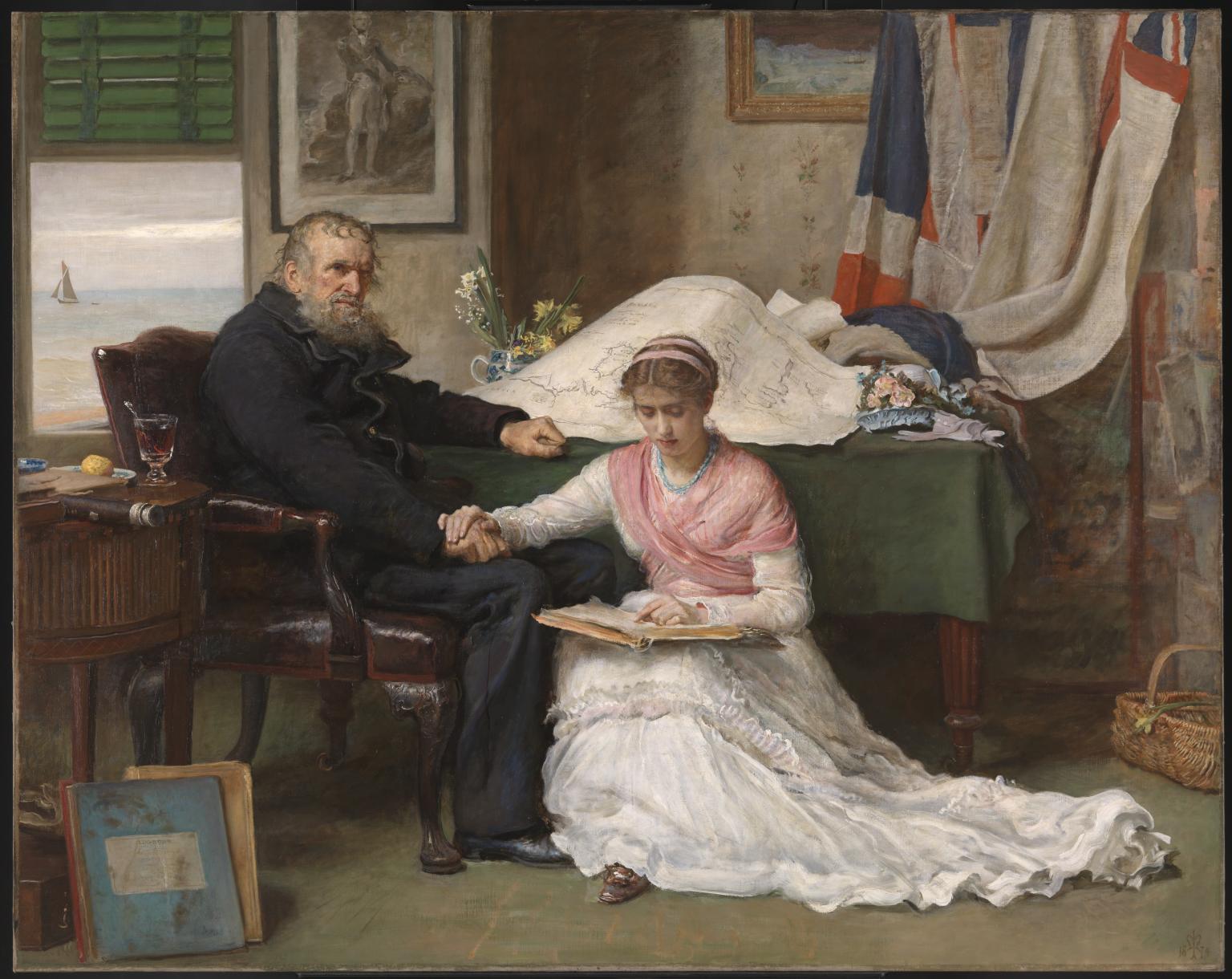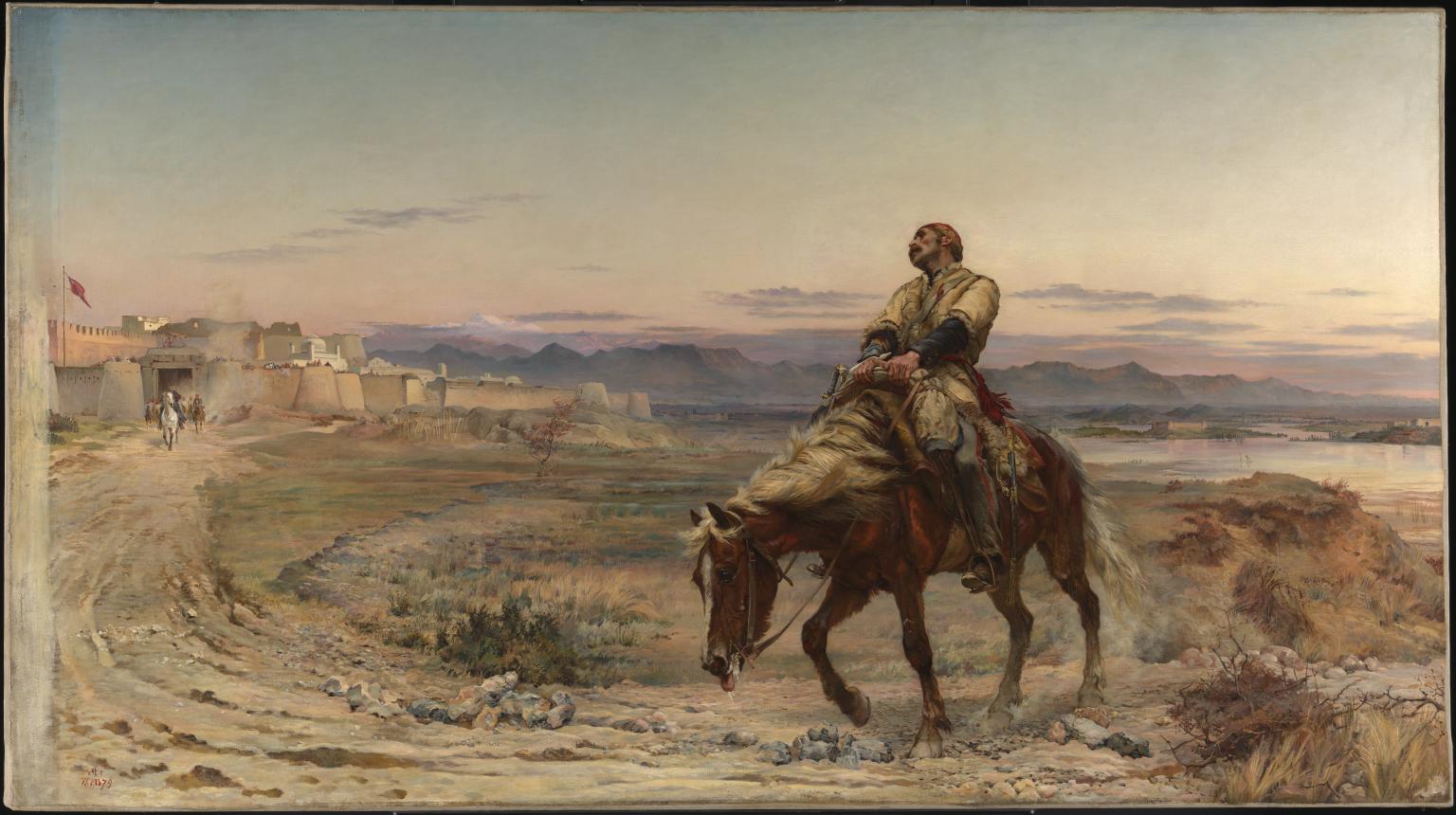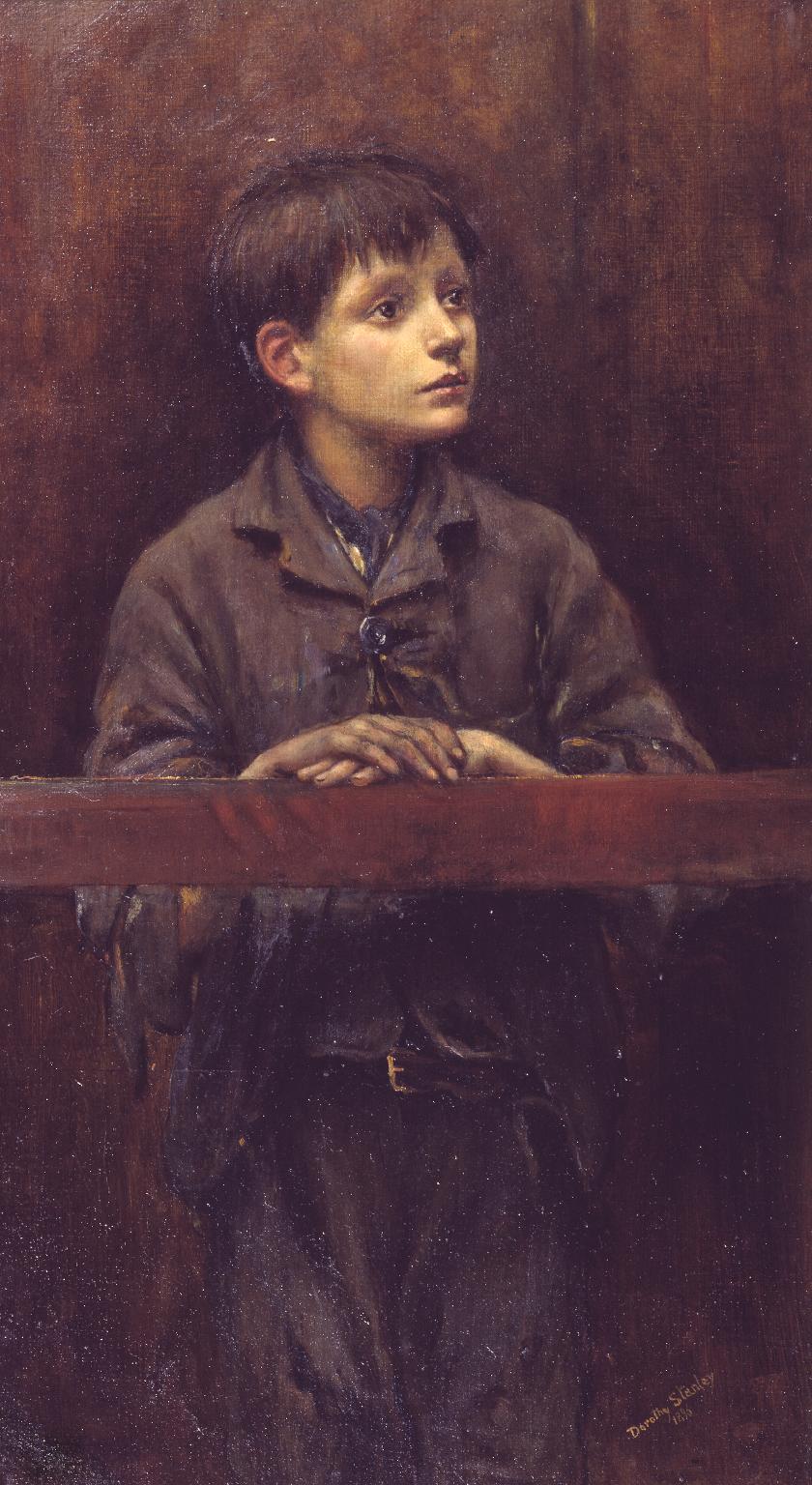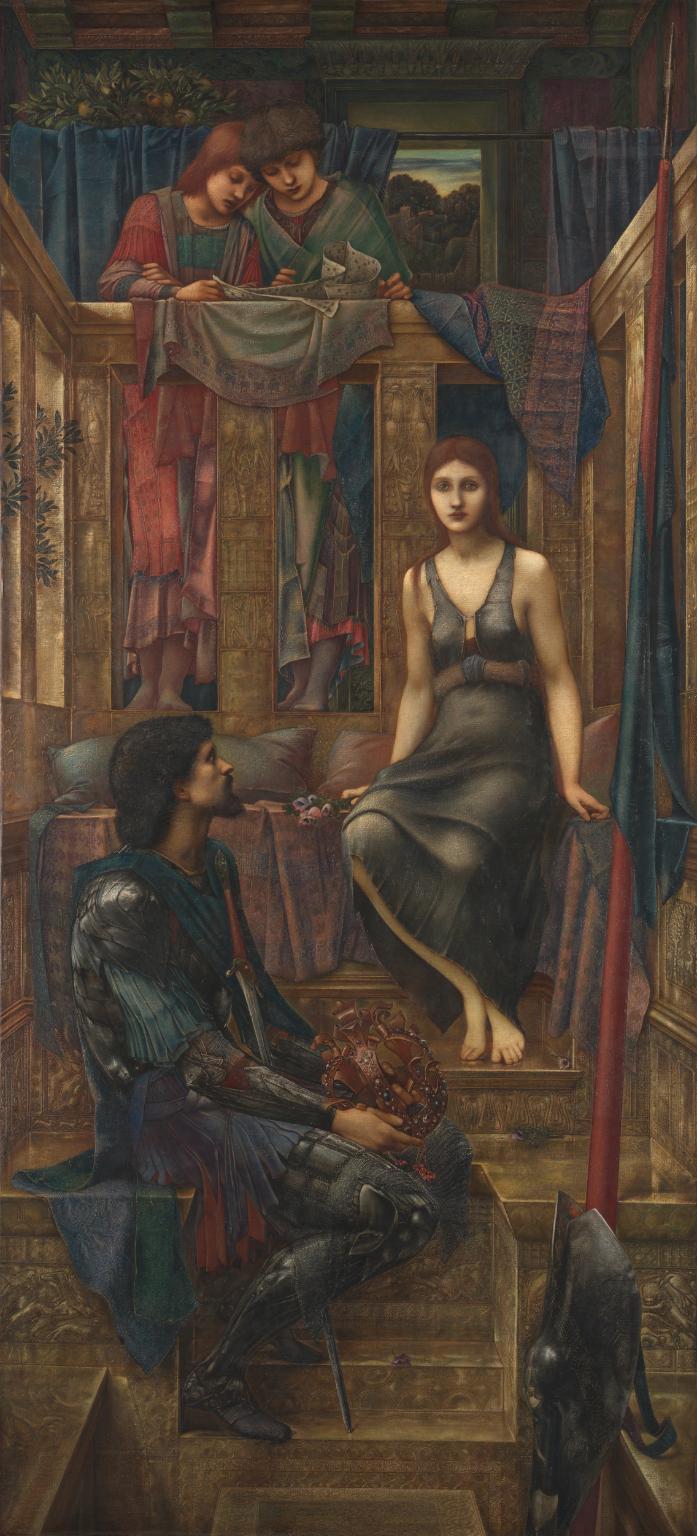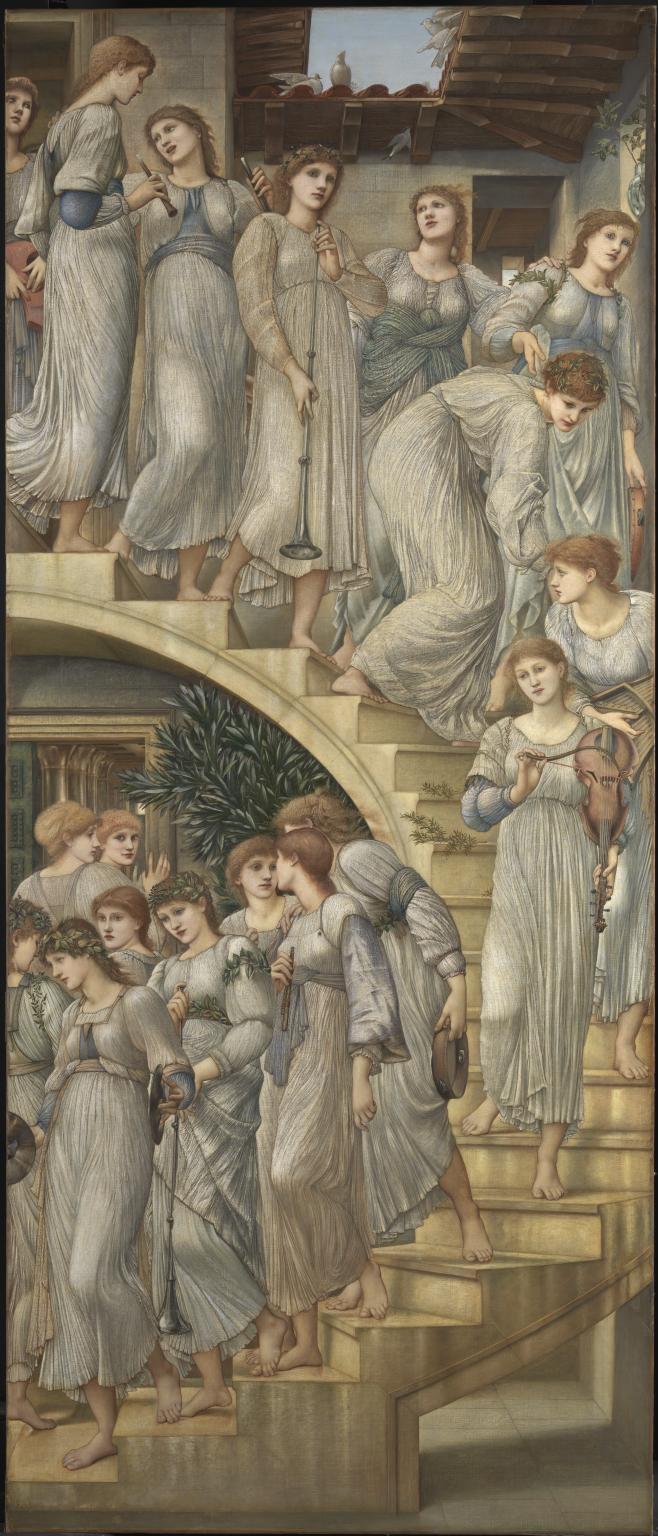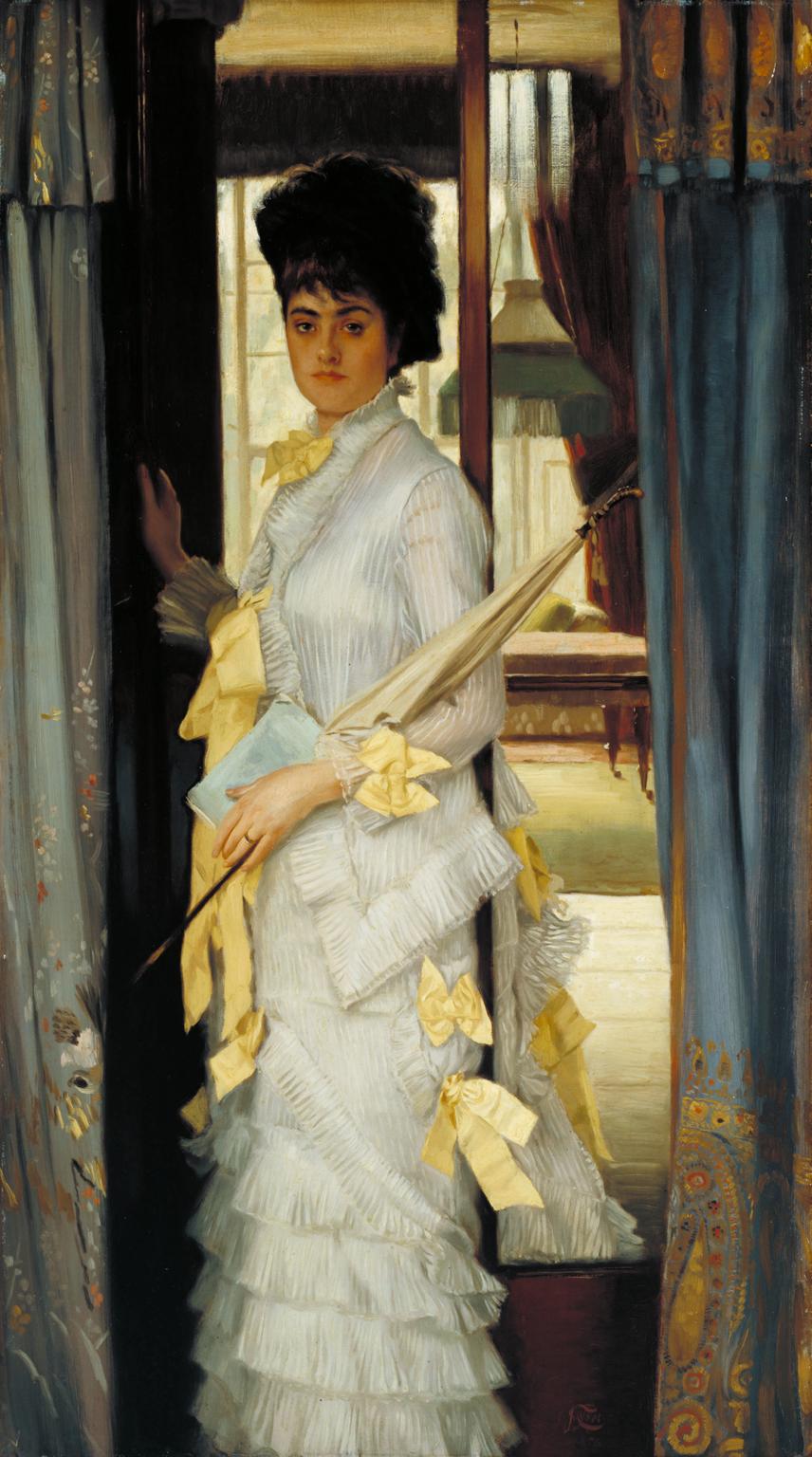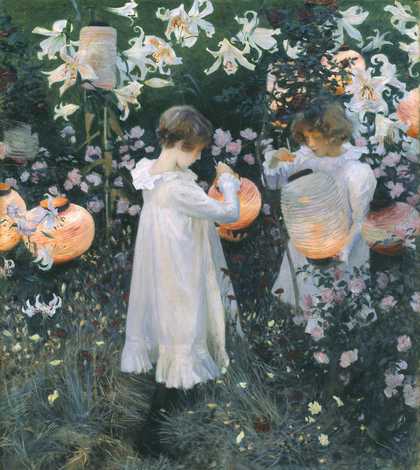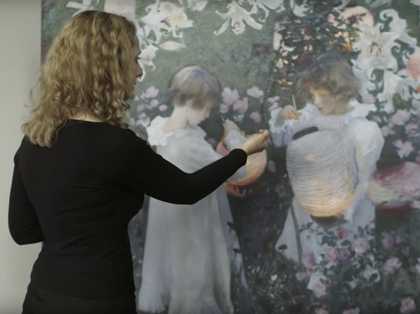16 rooms in Historic and Early Modern British Art
Prosperity in Victorian Britain helps art become spectacularly popular. Dramatic images from life and literature attract blockbuster audiences
Britain’s wealth swells in the 19th century, fuelled by imperial expansion and industrial development. While most people remain poor, many have more money and leisure time. Millions enjoy art and culture, whether reading cliff-hanger novels by writers like Charles Dickens or visiting vast imperial displays like the Great Exhibition of 1851.
Thousands queue to view popular artworks on tour throughout Britain. Better printing allows more people to see or own reproductions. Some of the paintings in this room become world famous. Acts of Parliament and wealthy donors – typically industrialists – help public galleries open, with free entry, in cities such as Birmingham, Manchester, Glasgow and London. One of these, the National Gallery of British Art, funded by the sugar merchant Henry Tate, becomes known as the Tate Gallery.
To grab the attention of these crowds, artists choose literary and modern-life subjects that reflect ideas dominating their time. They often overlook, caricature or romanticise the experiences of many people. These include women, people of colour, workers or those living in poverty. However, traces of these lives can be seen in some of the paintings here.
Art in this room
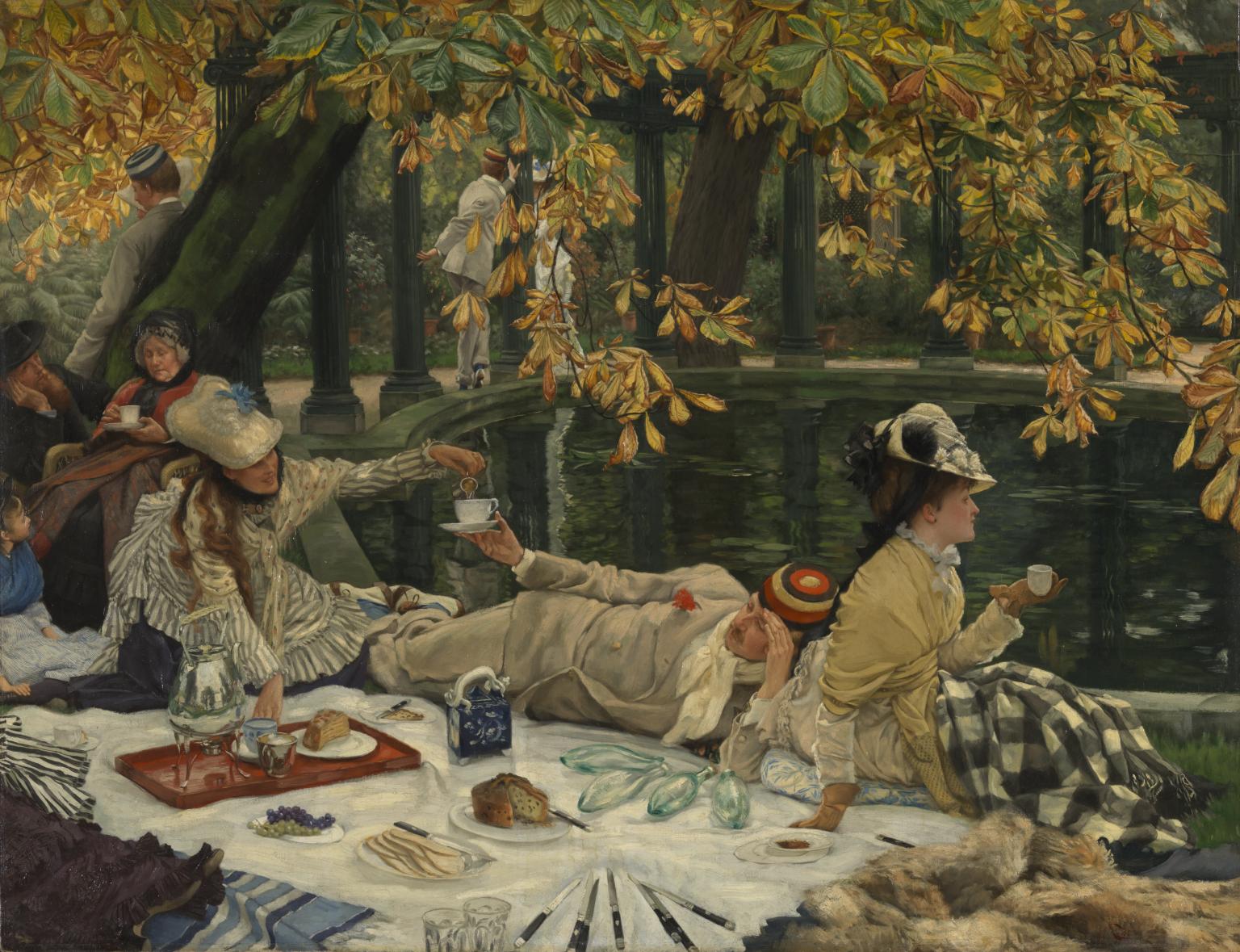
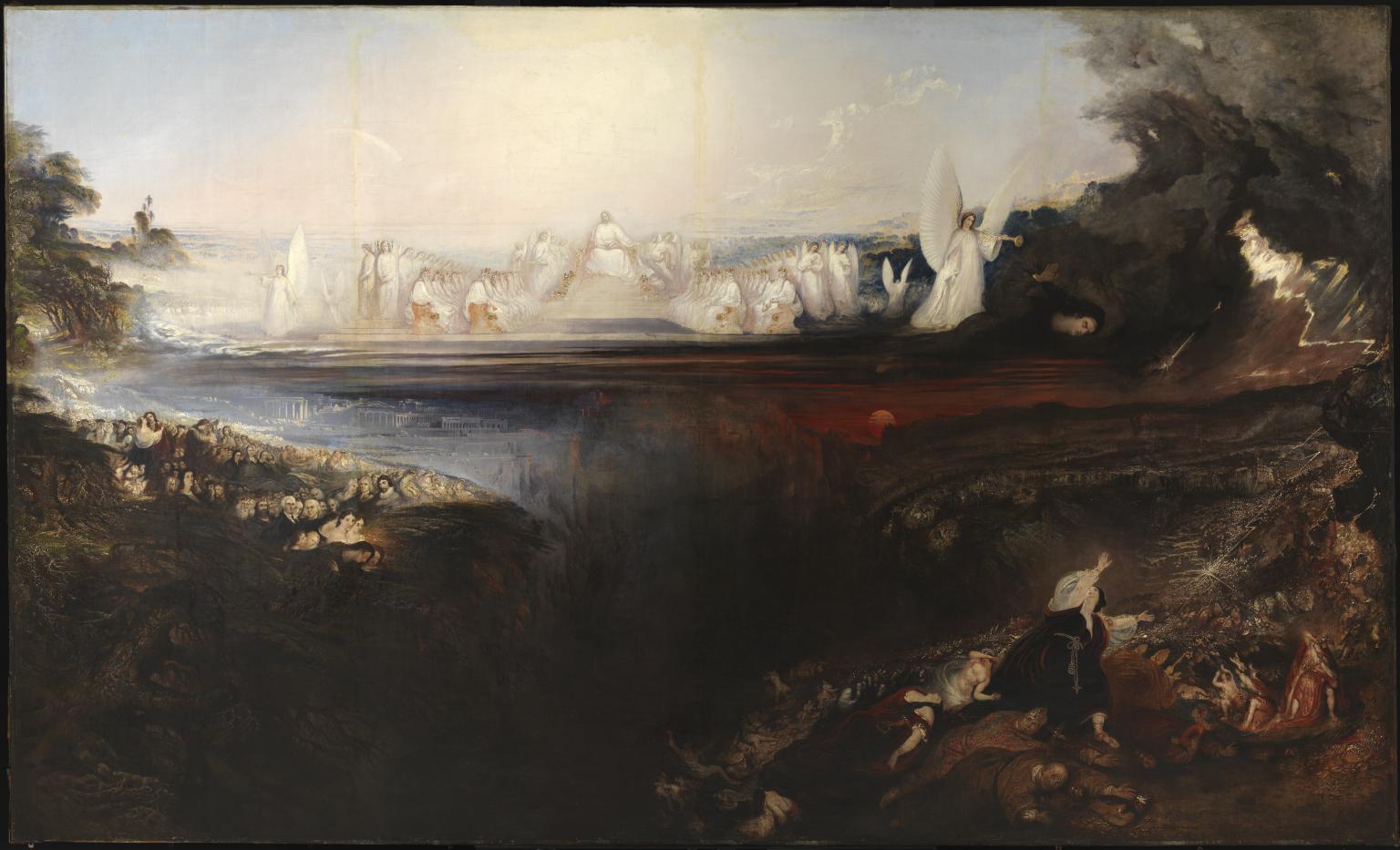

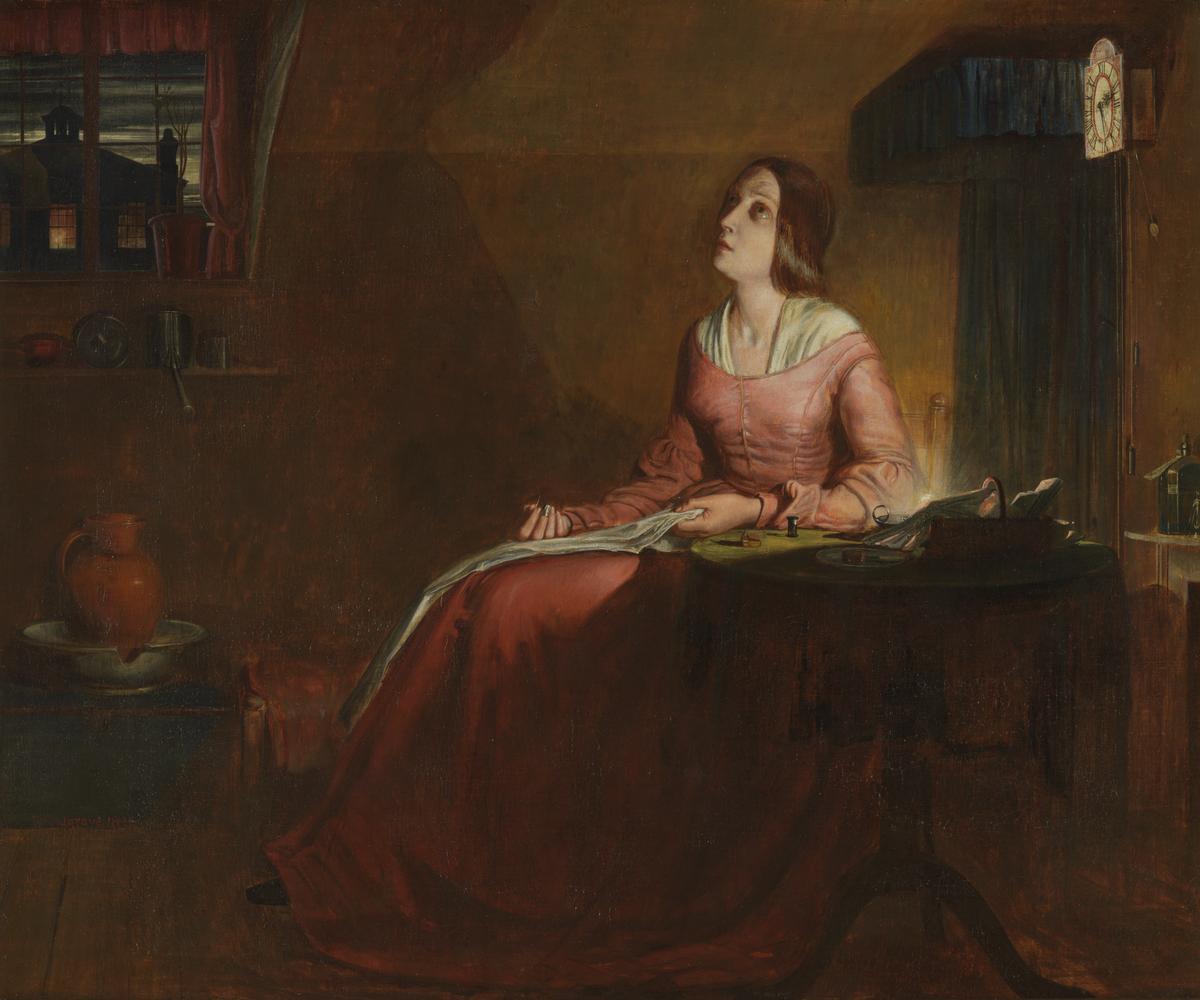
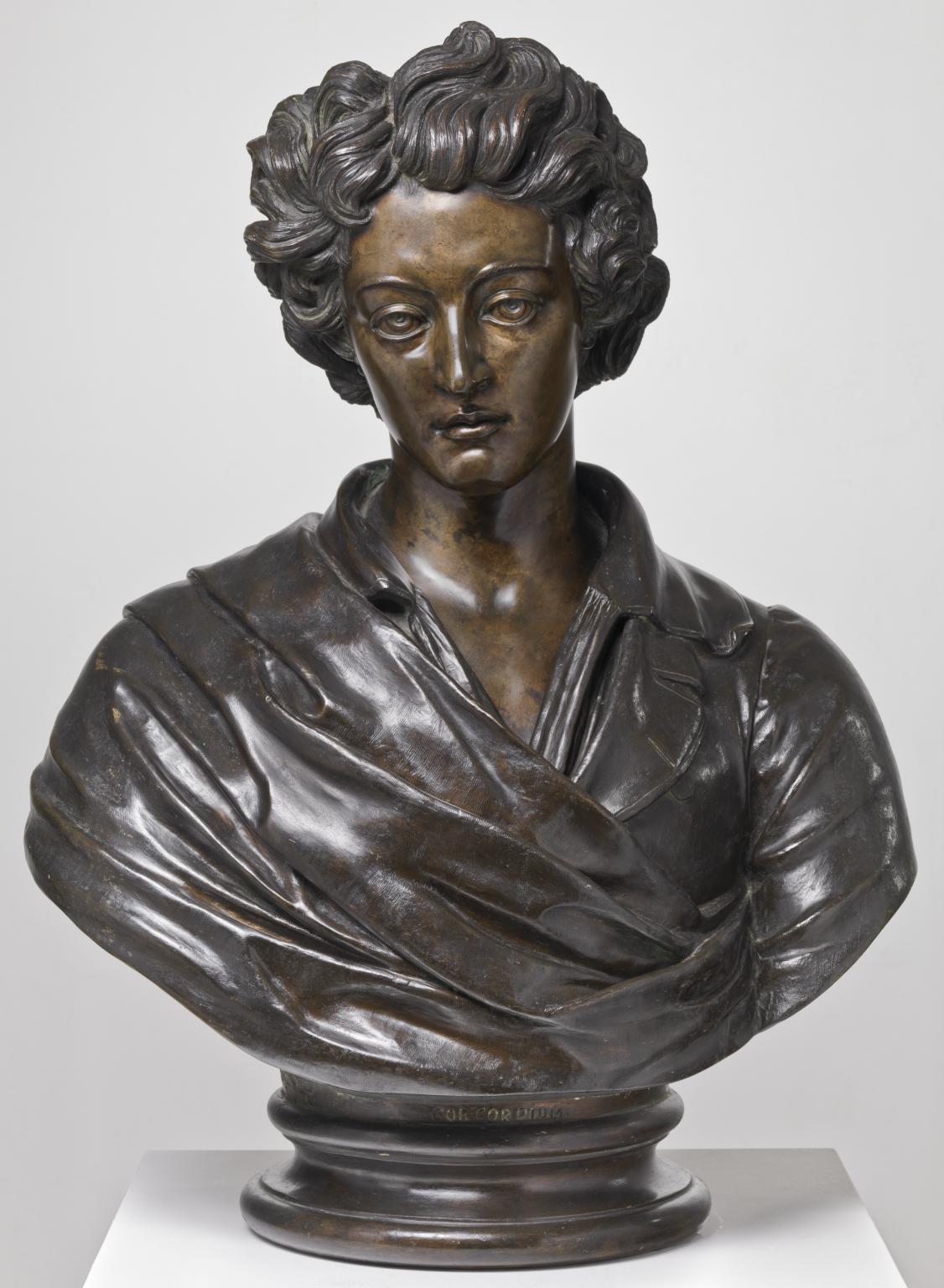
Sorry, no image available
You've viewed 6/30 artworks
You've viewed 30/30 artworks

